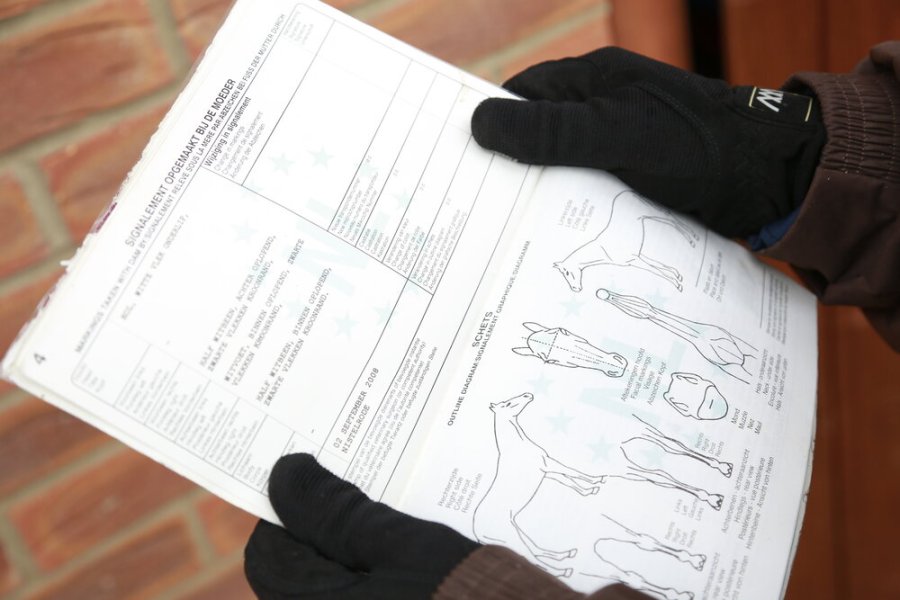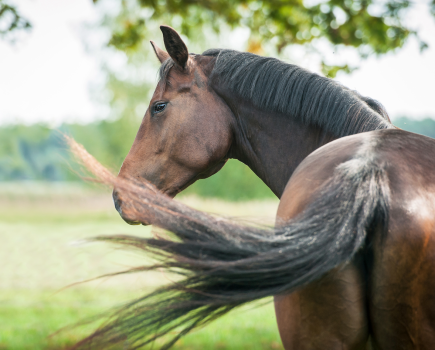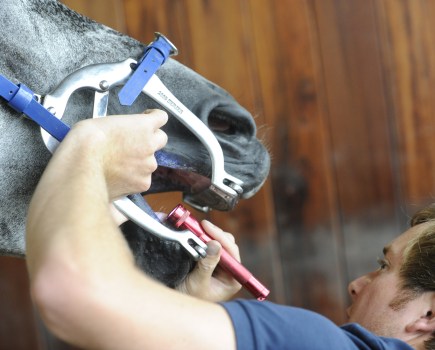Simon Cooper, operations director of the General Stud Book for Weatherbys explains new owner’s legal passport responsibilities, costs for changes, and how to spot a counterfeit passport.
In your hands
When a horse is sold on, the new owner is legally required to record their ownership of the horse with the organisation that issued the passport – the Passport Issuing Organisation (POI) – within 30 days of transfer of ownership.
This legislation was enacted in October 2018, having been regulation only since 2009.
The owner is also legally required to submit the passport to the PIO is any passport details subsequently change – for example, if the horse is gelded, its colour has changed, or a new microchip has been implanted.
Of particular note, the owner must inform the PIO if the food chain status of the horse is changed in the passport, and the passport must be returned to the PIO within 30 days of the death of the horse.
Any late charges?
The cost for change of ownership will depend on which PIO issued the horses’s passport. Weatherby’s, for example, charges £23 for change of ownership online and £26 to do the same via a paper form.
If you haven’t done this yet and more than 30 days has elapsed, we would advise you simply to complete the change of ownership as soon as possible.
Trading Standards is currently concerned with ensure that repeat offenders are aware of the equine passport legislation.
A horse with no name
If your horse has never been named on his passport and you want to add an official name then a naming form would need to be completed and the form and passport returned to the PIO.
There’s also often a fee associated with making this change – at Weatherbys this is £55.20, assuming the name addition is not for Thoroughbred racing and/or breeding purposes.
The name would then be registered (if the name is available after the checks have been completed) and the passport would be stamped to show the horse has been named for non-racing and non-breeding purposes.
Fake ID?
If you have any doubts regarding your horse’s passport, contact the relevant PIO and it will be able to help you. If the PIO is concerned, it may request that you send it the passport to be checked.
Common signs to look for include:
- Amendments to the horse’s markings that are not accompanied by an official stamp.
- New microchip stickers that are not accompanied by an official stamp.
- Passport binding that isn’t complete.
- Pages that look like a colour photocopy on different paper to the rest of the passport.
Any signs that pages have been glued.
Don’t miss the latest issue of Your Horse Magazine, jam-packed with training and veterinary advice, horse-care tips and the latest equestrian products available on shop shelves, on sale now.









